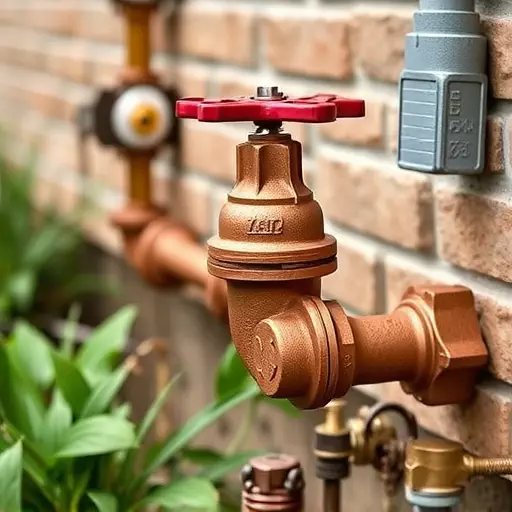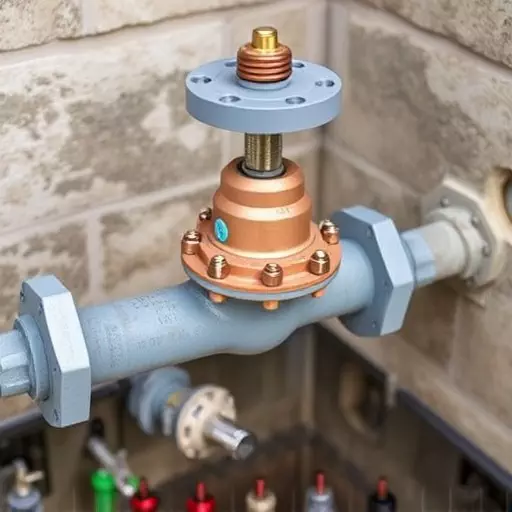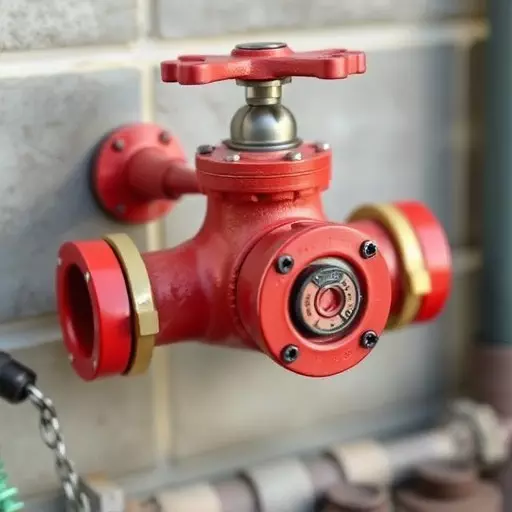Backflow preventers are critical in Spring Lake for protecting water systems and ensuring clean drinking water. When installing a residential or commercial backflow preventer, select the appropriate device based on water pressure and flow needs. Proper placement near the main supply prevents backward flow from adjacent properties or contamination sources. Professional installation is crucial to meet local regulations and safety standards. For commercial installations, robust equipment handling higher pressures and risks is required, while residential properties can use a cost-effective option. Following proper preparation steps, disassembling existing preventers, and cleaning the area ensures a successful install for both residential and commercial backflow preventer installation in Spring Lake.
“Ensure your Spring Lake property’s water safety with a comprehensive guide to residential and commercial backflow preventer installation. Understanding these vital devices is crucial for maintaining a secure watering system. This article demystifies the process, offering insights on choosing the right backflow preventer tailored to your needs. From basic principles to step-by-step installation tutorials, we cover everything, including a detailed look at commercial installations. Optimize your property’s water flow while adhering to safety standards with these essential tips.”
- Understanding Backflow Preventers: The Basics of Residential Installation
- Choosing the Right Backflow Preventer for Your Spring Lake Property
- Step-by-Step Guide to Installing a Commercial Backflow Preventer
Understanding Backflow Preventers: The Basics of Residential Installation
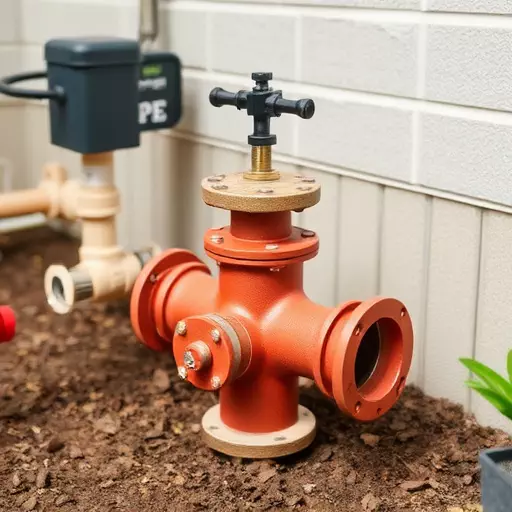
Backflow preventers are critical safety devices designed to protect residential and commercial water systems from contamination and ensure clean water supply. These devices work by stopping any backflow or reversal of water flow, preventing hazardous substances or polluted water from entering the main water supply. In Spring Lake, as in many areas, it’s mandatory to install backflow preventers to safeguard drinking water sources.
When considering residential sprinkler backflow preventer installation, understanding the basics is essential. The process involves selecting an appropriate backflow preventer for your system, which can vary based on water pressure and flow requirements. Once chosen, the device is installed at a strategic point in the water line, usually near the main supply, to block any backward flow from adjacent properties or other potential sources of contamination. Proper installation should be left to professionals who understand local regulations and can guarantee compliance with safety standards.
Choosing the Right Backflow Preventer for Your Spring Lake Property

When it comes to choosing the right backflow preventer for your Spring Lake property, understanding your specific needs is essential. Backflow preventers are critical safety devices that protect your plumbing system from contamination and ensure clean water supply. For residential properties, a reliable, yet cost-effective solution might be suitable, focusing on easy installation and maintenance. Commercial settings, however, demand robust equipment designed to handle higher pressures and potential risks.
Factors like water pressure, flow rate, and the type of water source play a significant role in selection. It’s crucial to consult local regulations and engage with professionals who can assess your unique situation. The right backflow preventer installation in Spring Lake ensures not only compliance but also guarantees the safety of your family or employees, providing peace of mind and protecting your investment.
Step-by-Step Guide to Installing a Commercial Backflow Preventer
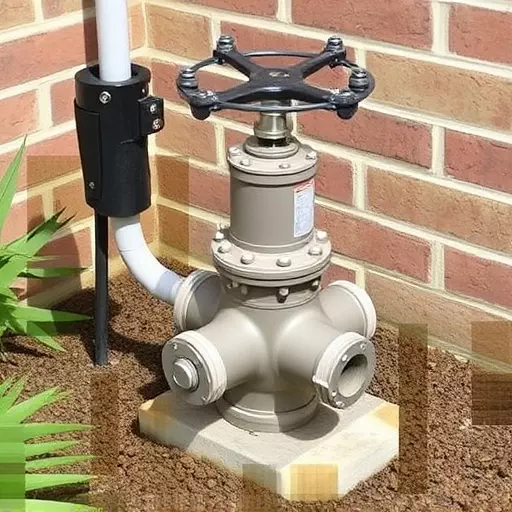
Installing a commercial backflow preventer is a crucial step in ensuring the safety of your Spring Lake residential property’s water supply. Here’s a comprehensive, step-by-step guide for a smooth installation process:
1. Preparation: Begin by shutting off the main water supply valve to the area where you’ll be installing the backflow preventer. This prevents any accidental water flow during setup. Gather all necessary tools and components, including your commercial backflow preventer, pipe fittings, and a wrench or pliers. Ensure proper ventilation in the work area.
2. Disassembly: If the backflow preventer is part of an existing system, carefully disassemble it by removing any connecting pipes and brackets. Label each component to ensure easy reassembly later. Inspect all parts for damage or wear and replace as needed. Clean the area where the new backflow preventer will be installed, ensuring no debris or corrosion.
